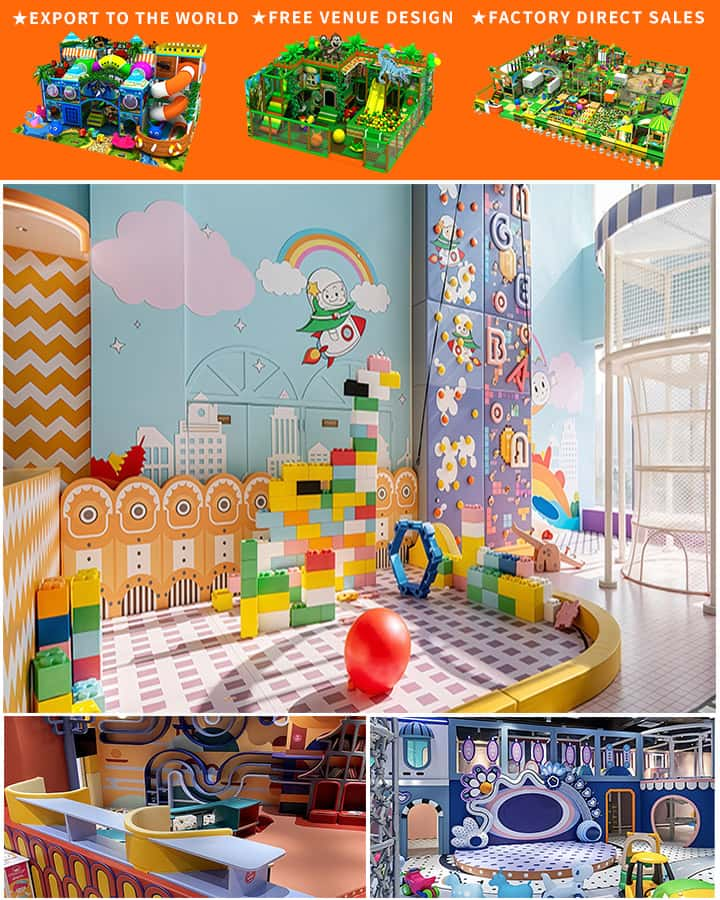Creating an engaging and imaginative indoor play area for children can be a delightful endeavor that not only provides a dedicated space for fun and development but also fosters creativity and learning. Whether you have a sprawling basement or a cozy corner of a room, there are countless ways to transform these spaces into captivating playgrounds that cater to your child’s interests and needs. Here are some creative ideas to inspire your next indoor play area project.
1. Themed Adventure Lands
One of the most exciting ways to design an indoor play area is by creating a themed environment. Think about your child’s favorite stories or characters—whether it’s a pirate ship, a fairy-tale castle, or a space station. You can use themed decorations, props, and even paint to bring these worlds to life. For example, a pirate-themed play area could include a treasure chest filled with toys, a map leading to hidden “booty,” and perhaps even bunting to simulate sails.
2. Educational Zones
Incorporate elements that promote learning and development. Design an area with interactive whiteboards, alphabet magnets, counting walls, or a small library nook filled with age-appropriate books. These educational zones can make learning fun and interactive, encouraging children to explore subjects they might otherwise find challenging.
3. Creative Corner

A dedicated art and craft station is perfect for nurturing young imaginations. Stock this corner with supplies like crayons, markers, colored paper, glue, and scissors. Consider adding an easel and a roll of paper for larger projects. This space encourages kids to create masterpieces while developing fine motor skills and expressing their creativity.
4. Sensory Play Space
For younger children, a sensory play area can provide endless entertainment. Fill a section of the room with materials that encourage tactile exploration, such as rice bins, sand tables, water play setups, or fabric tunnels. Sensory activities help develop cognitive and motor skills and can be incredibly soothing and stimulating for young minds.
5. Physical Activity Zone
An indoor gymnasium or mini obstacle course can be a fun way to ensure children get physical exercise even on rainy days. Use items like cushions for a soft landing zone, balance beams, climbing ropes, or even DIY slides. Ensure safety by using mats and securing any equipment to prevent accidents.
6. Role Play Areas
Children love imitating adults and pretending to be someone else. Create a mini kitchenette where they can cook up imaginary feasts, a doctor’s office with toy medical kits and stuffed animals as patients, or a dress-up corner with costumes and accessories. Role-play areas help develop social skills and empathy as children act out different scenarios and perspectives.
7. Quiet Reading Nook
Not all play has to be loud and energetic. Set up a cozy reading nook with comfortable seating, good lighting, and a selection of books tailored to your child’s age and interests. Add some soft pillows and blankets to make it inviting and peaceful—a perfect retreat for quiet time and bonding over stories.
8. Interactive Technology Station
In today’s digital age, technology can also be part of playtime. Create a tech-friendly zone equipped with age-appropriate tablets loaded with educational apps, video games, or interactive learning programs. Ensure that screen time is moderated and balanced with other hands-on activities to keep the experience enriching rather than overwhelming.
Conclusion
Designing a children’s indoor play area is all about striking a balance between fun, education, and safety. Tailor the space to your child’s unique personality and interests, and watch as they thrive in an environment crafted just for them. With a little creativity and planning, you can turn any part of your home into a magical playground that inspires joy and growth every day.




